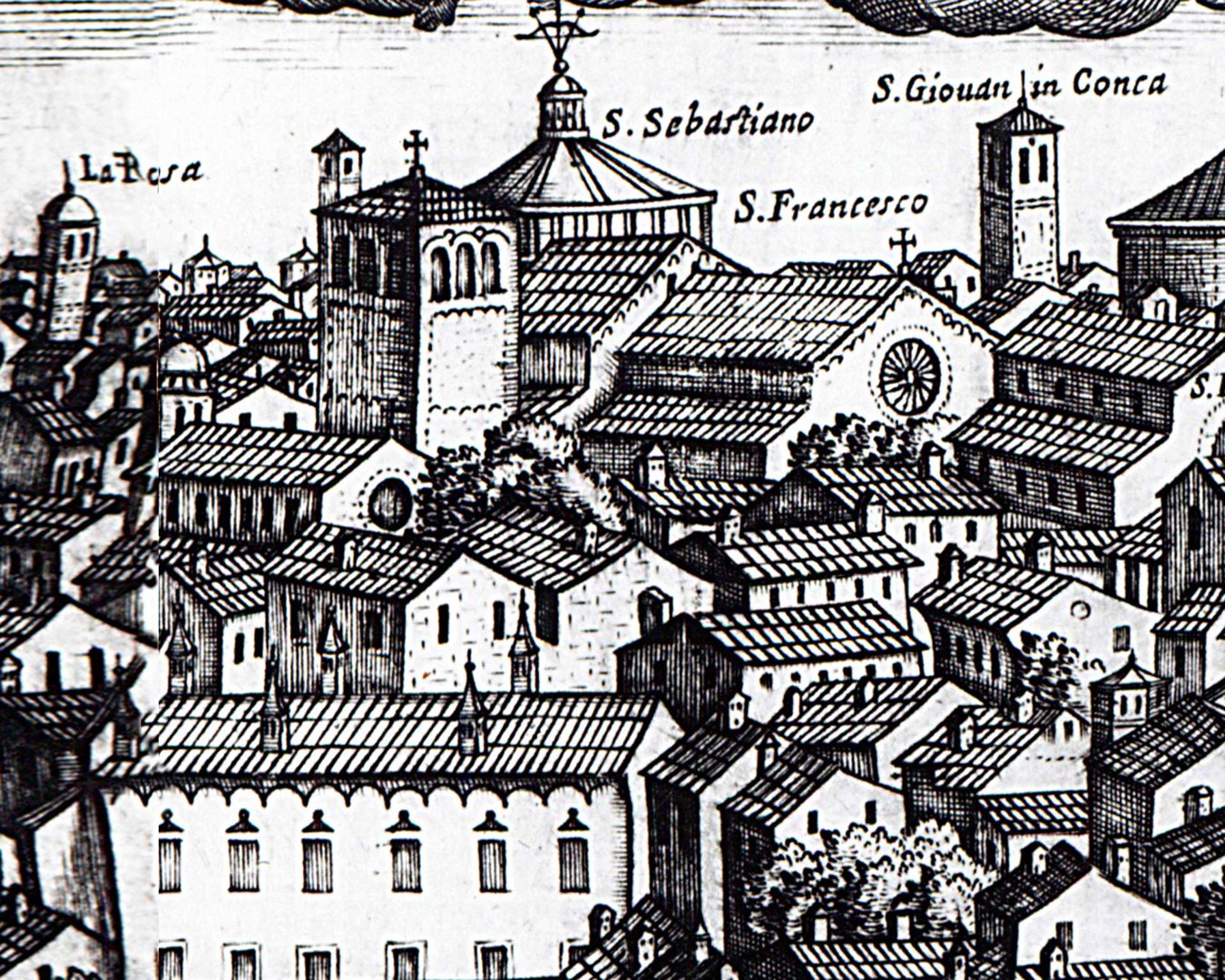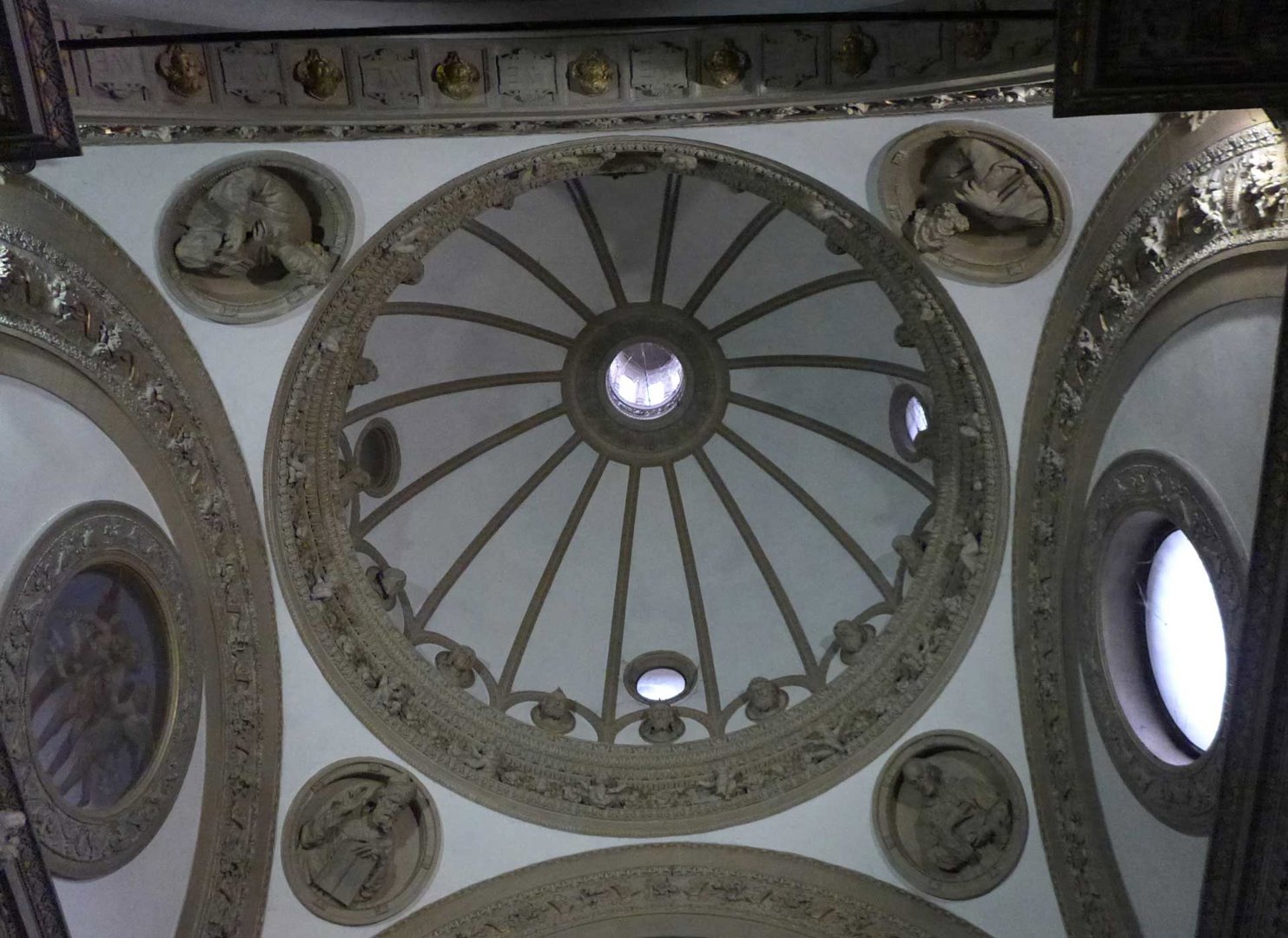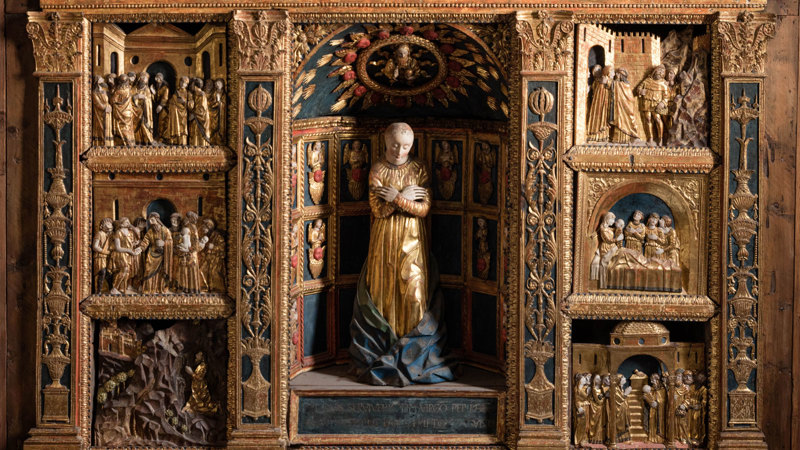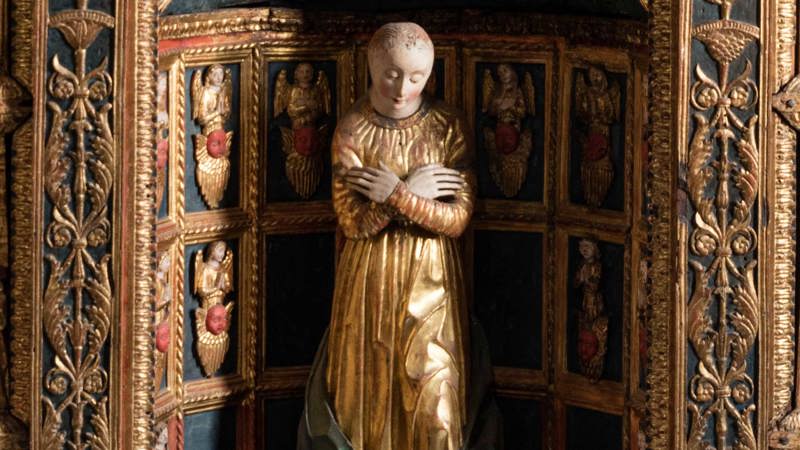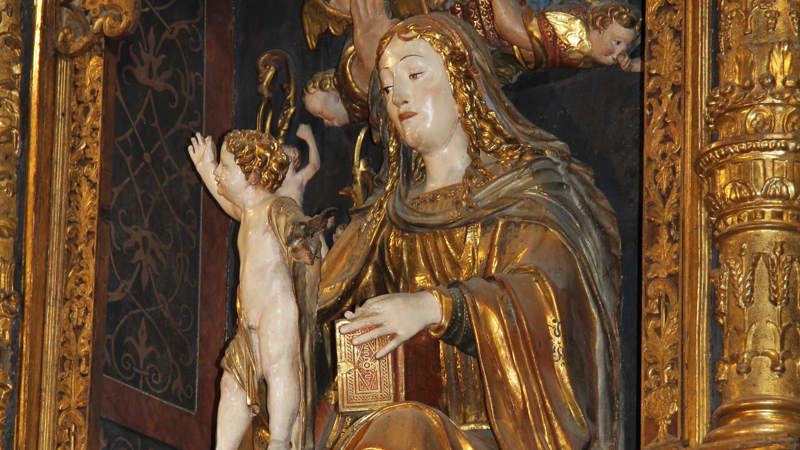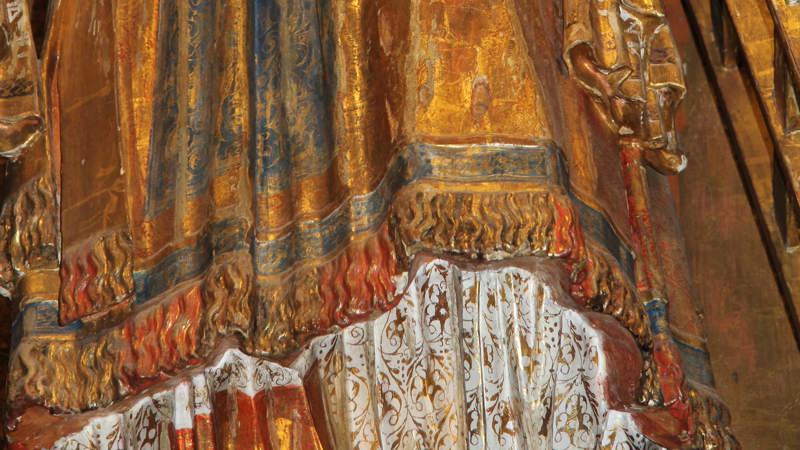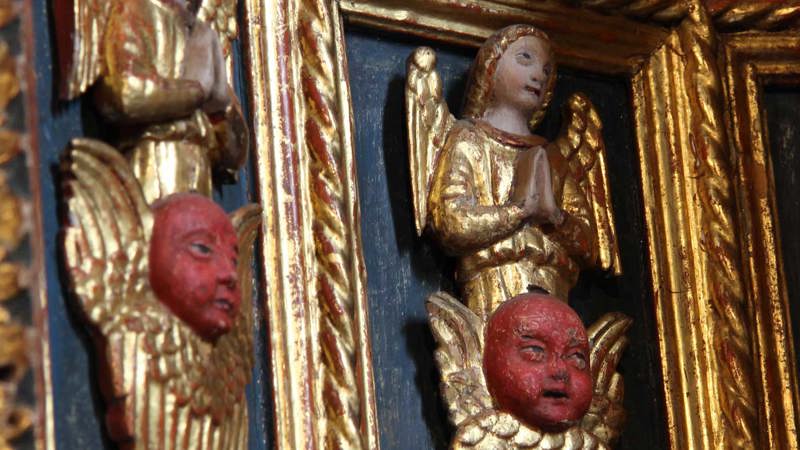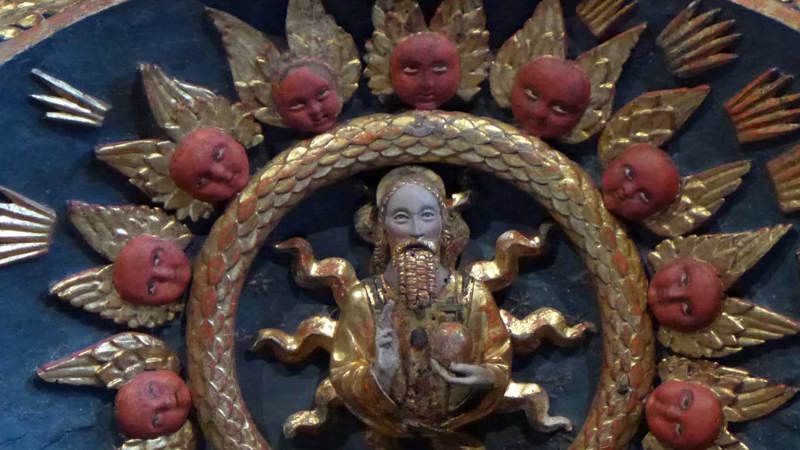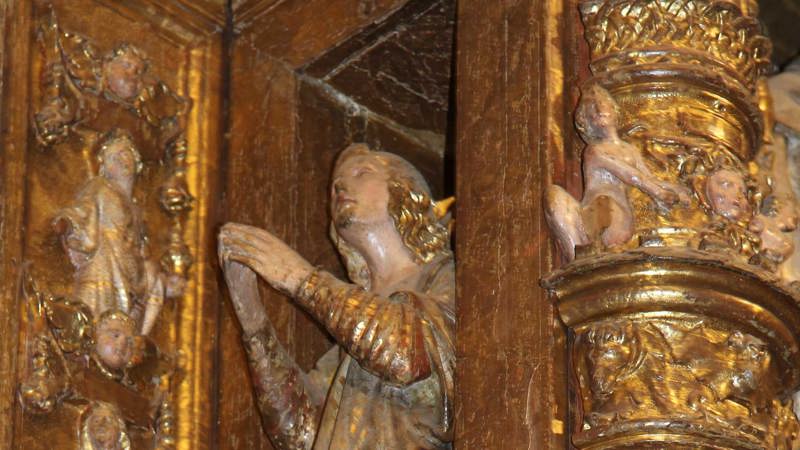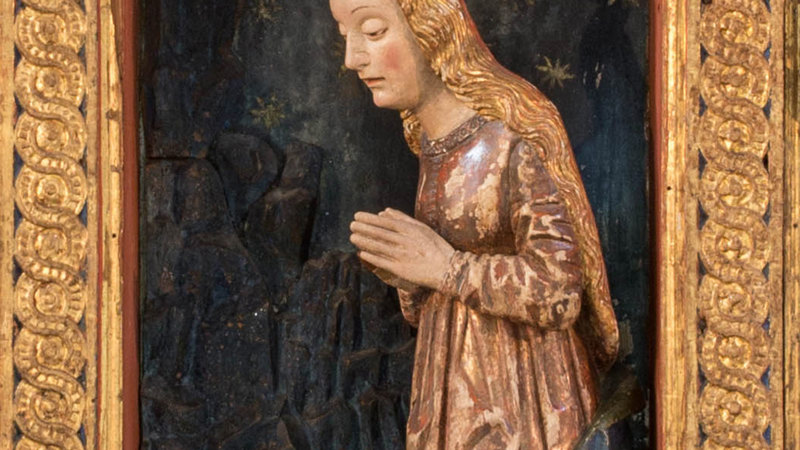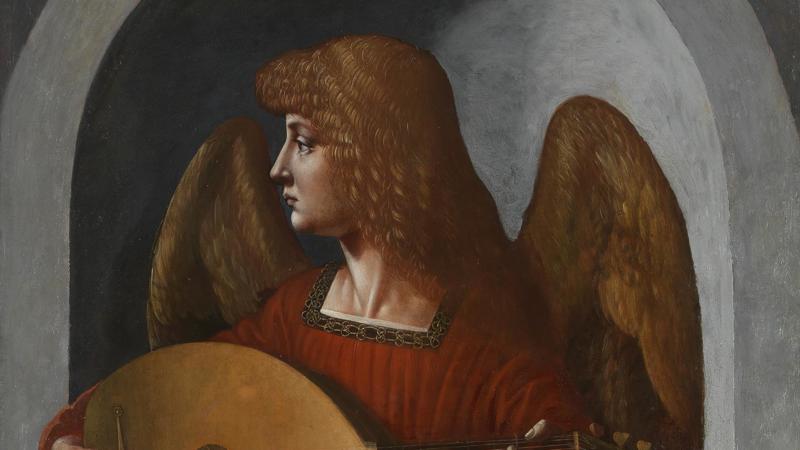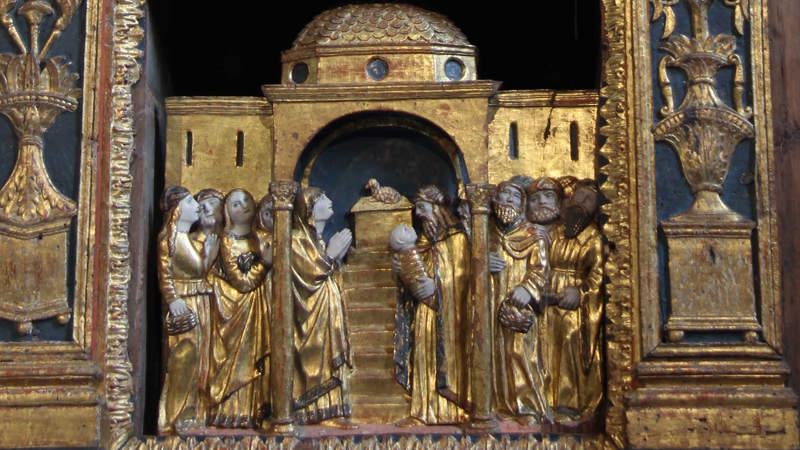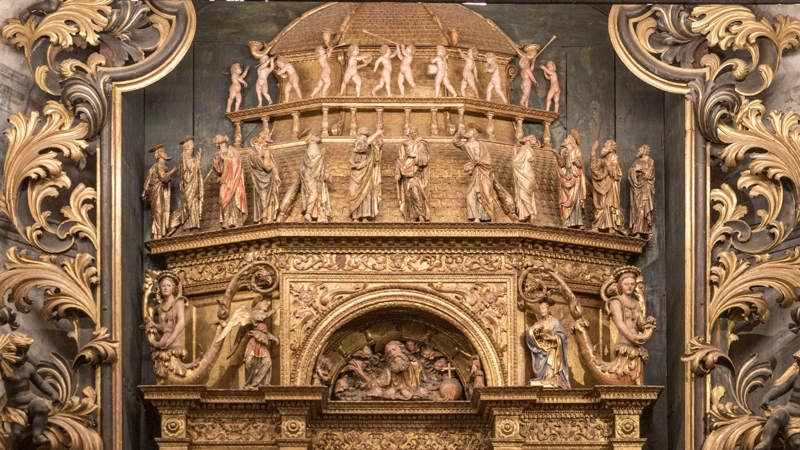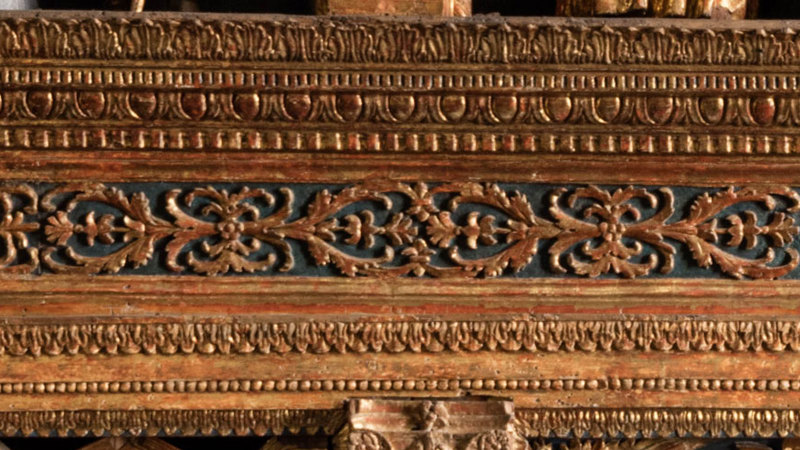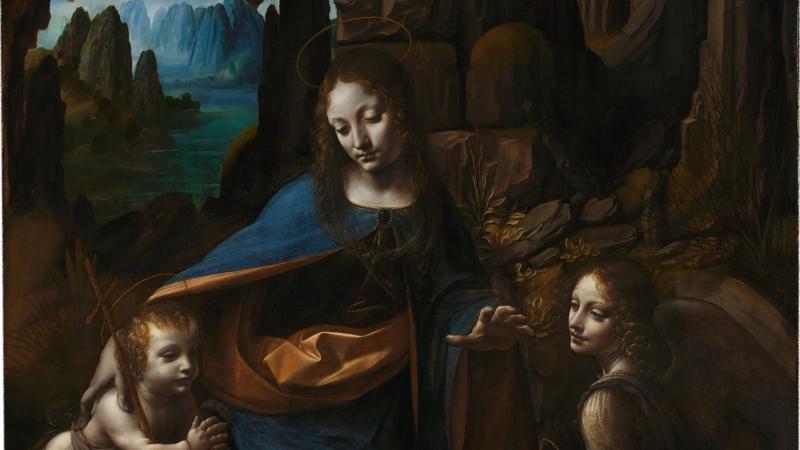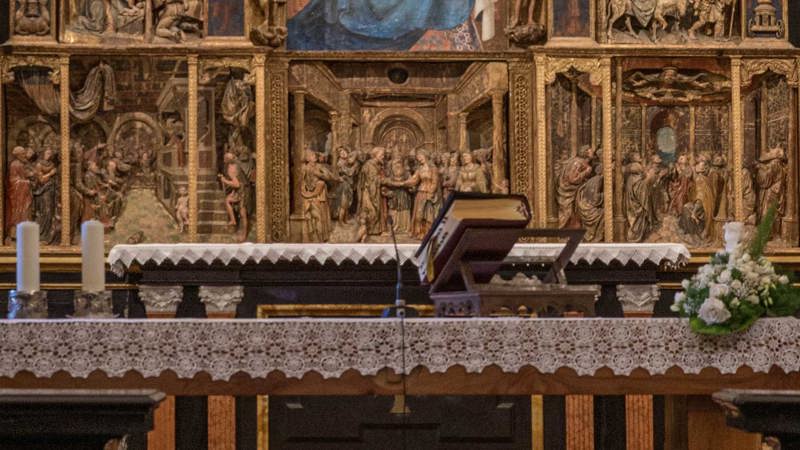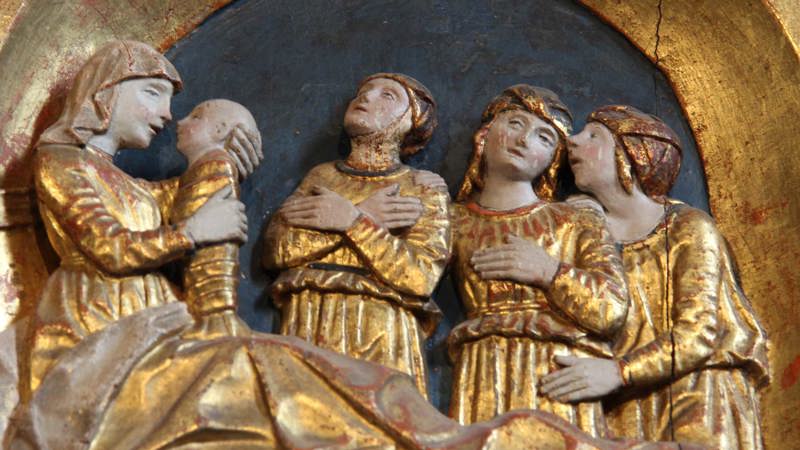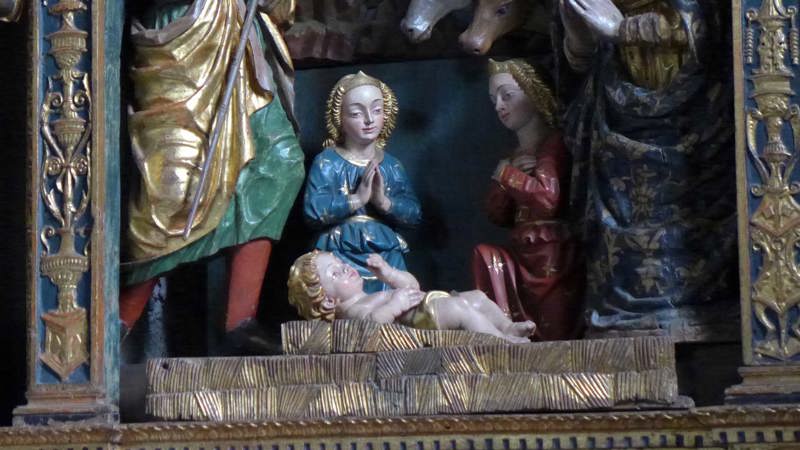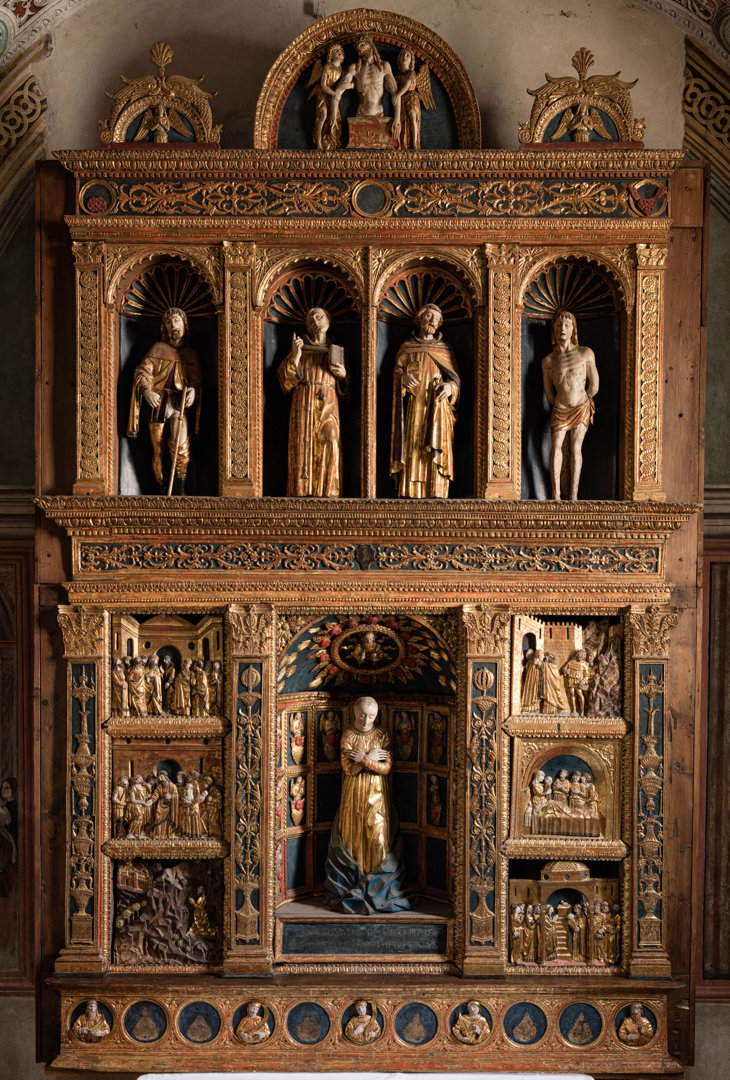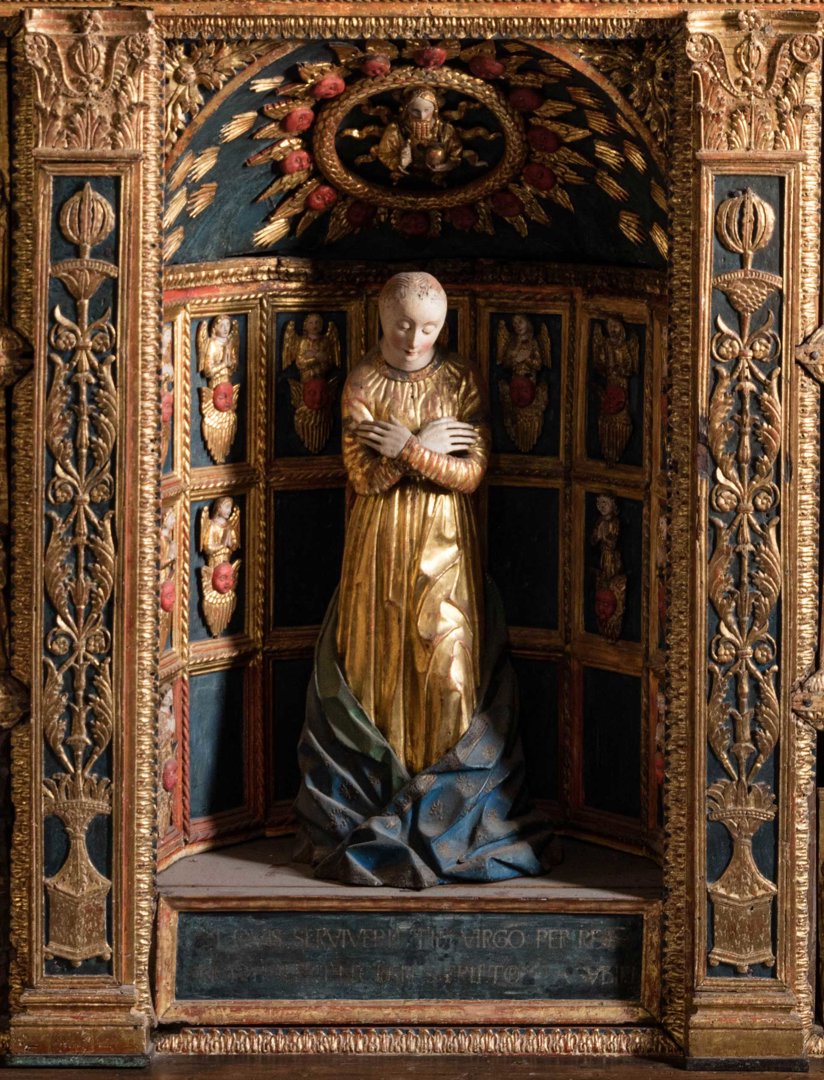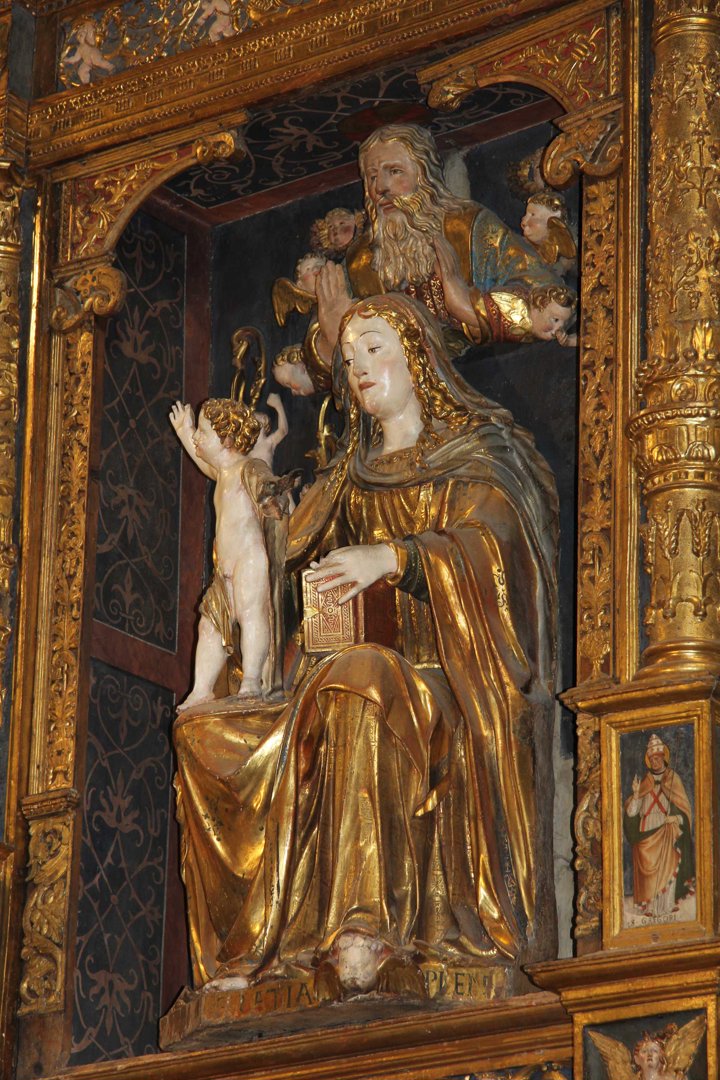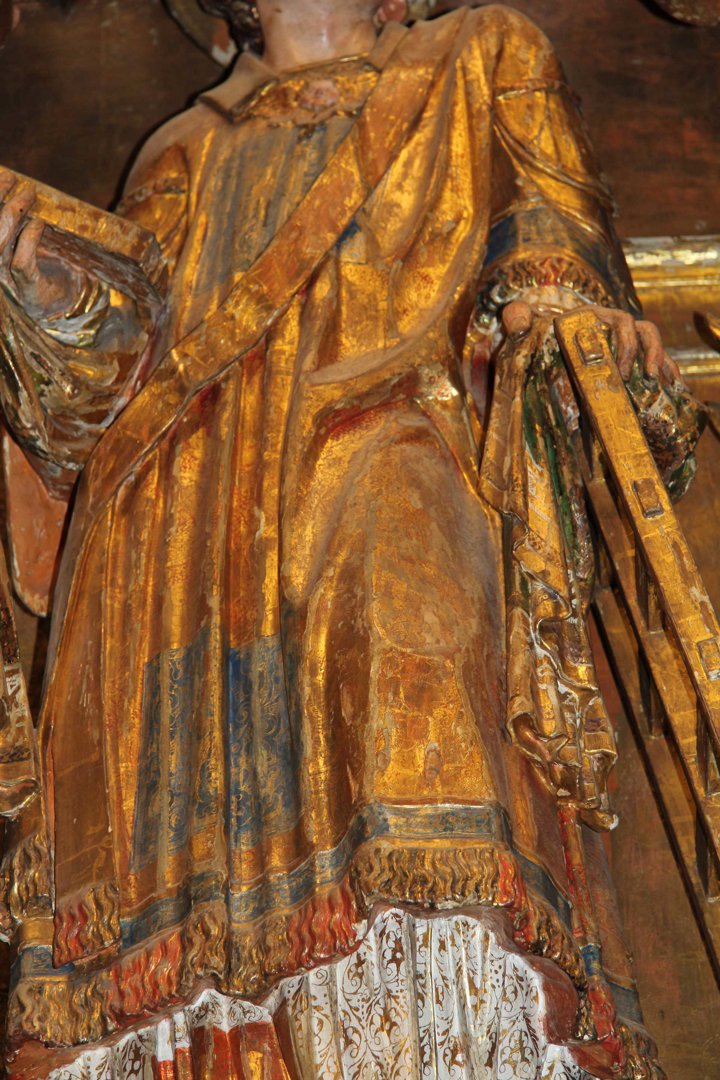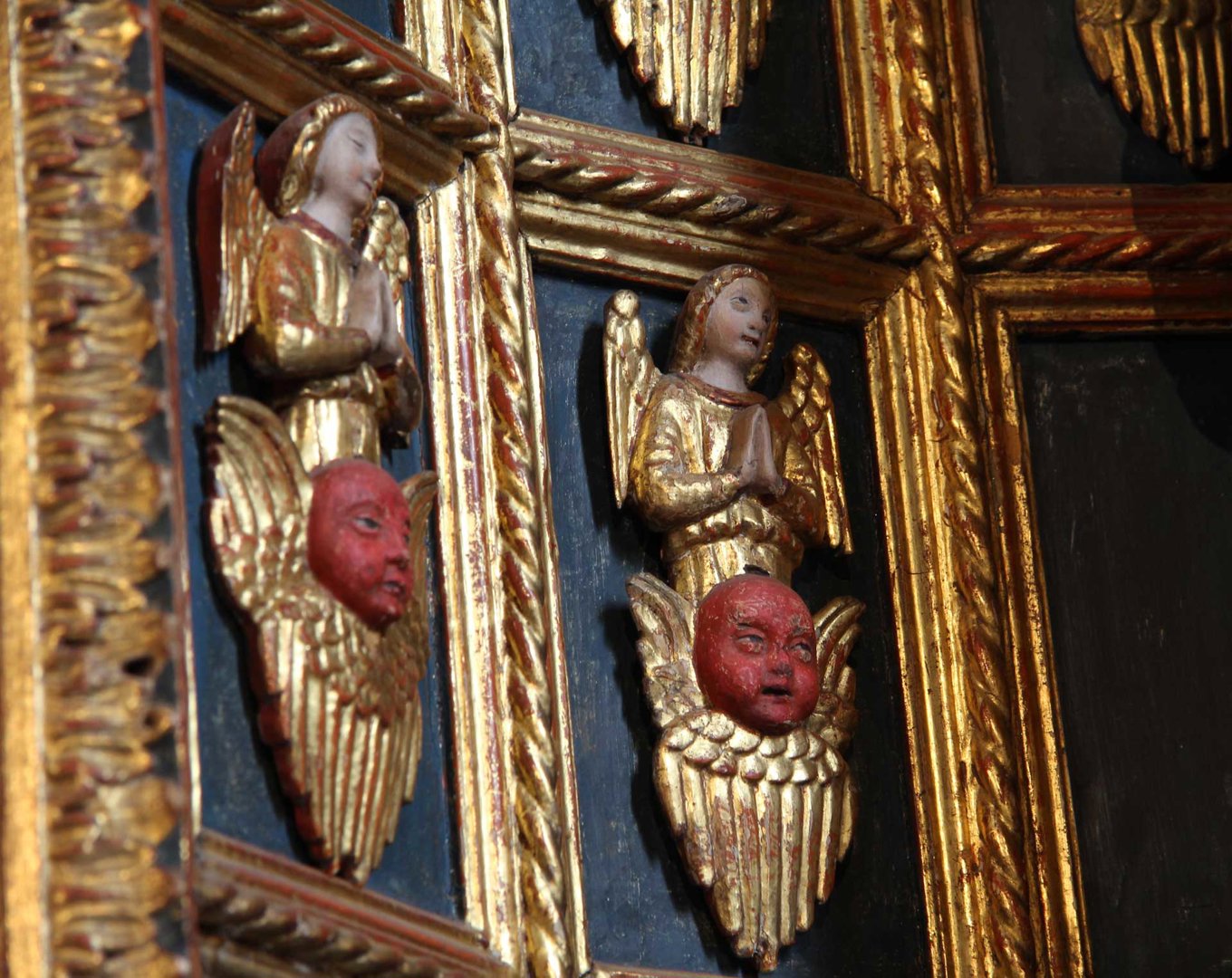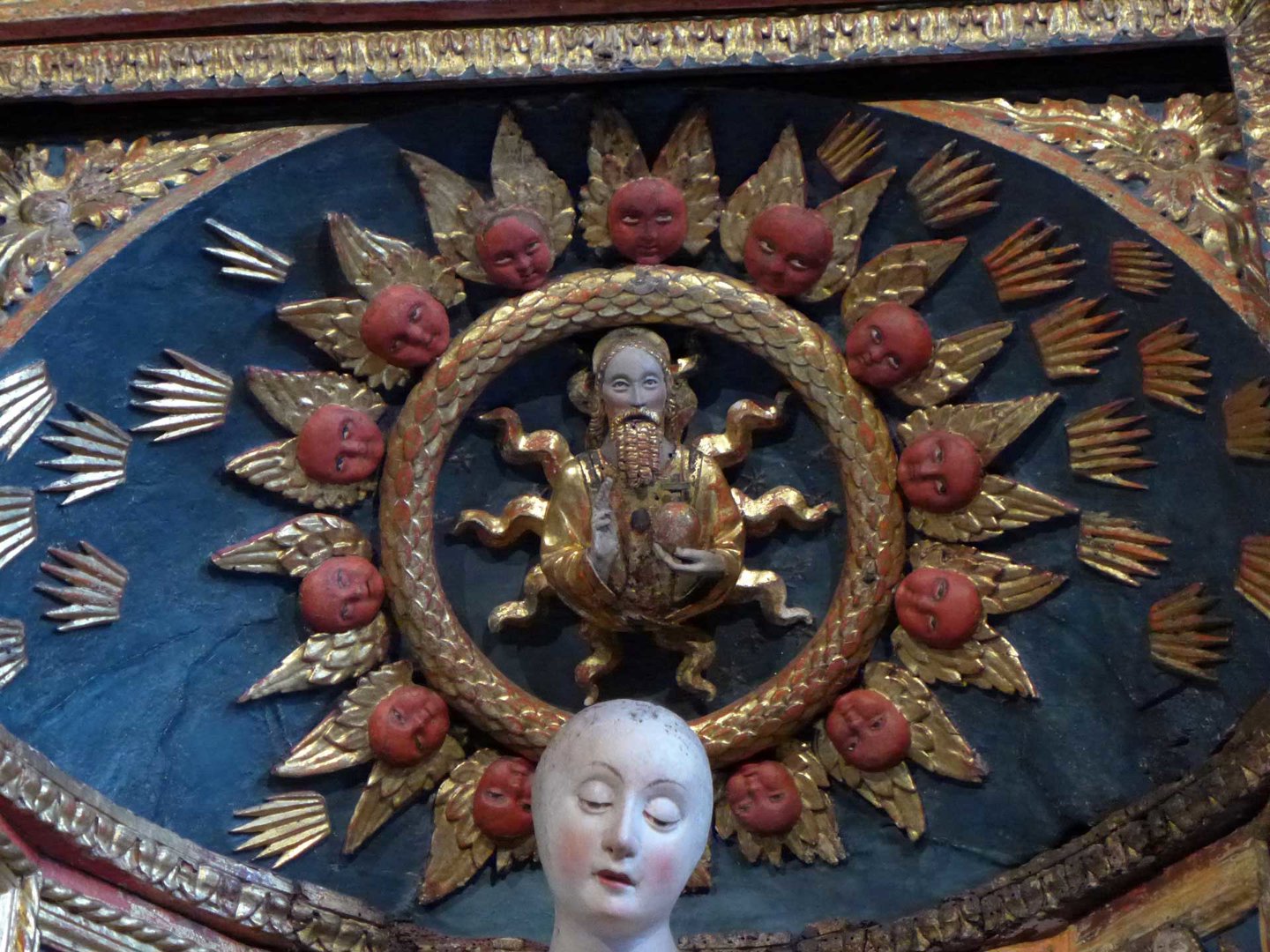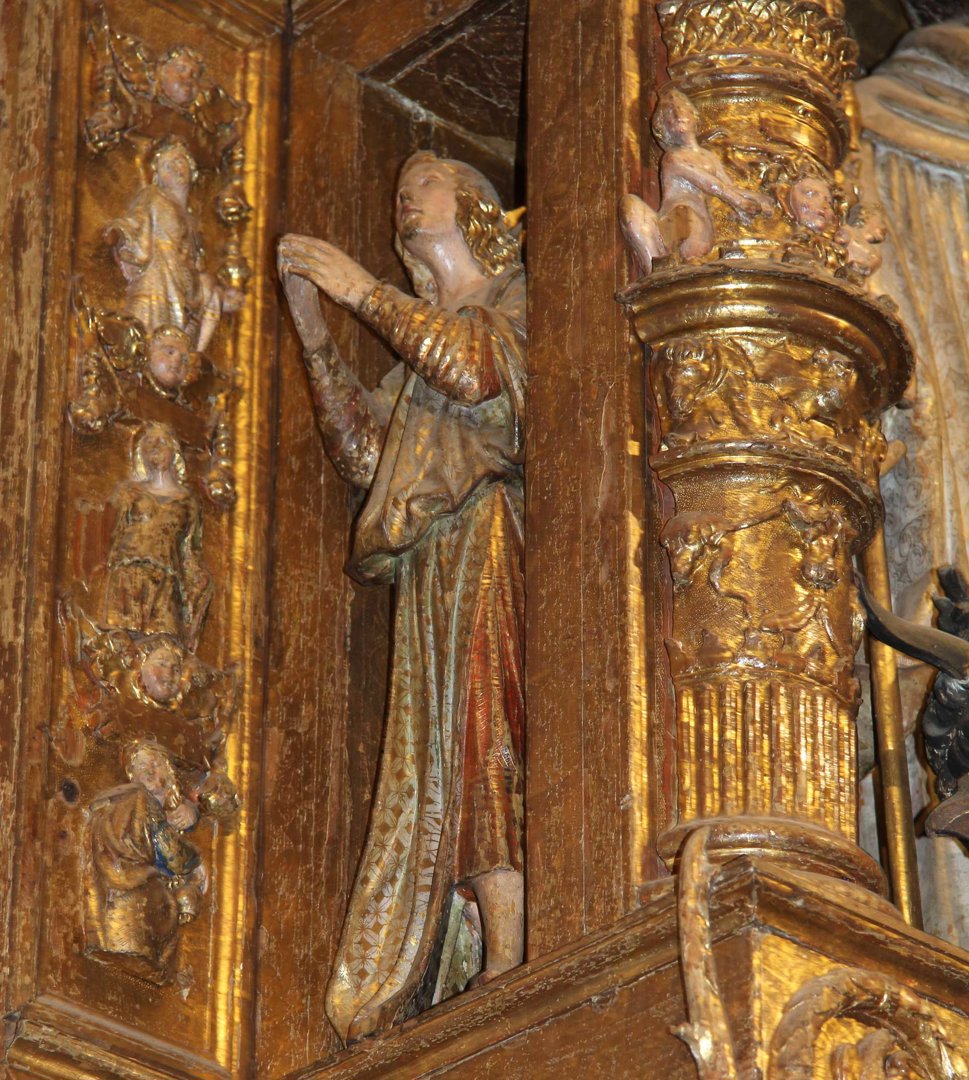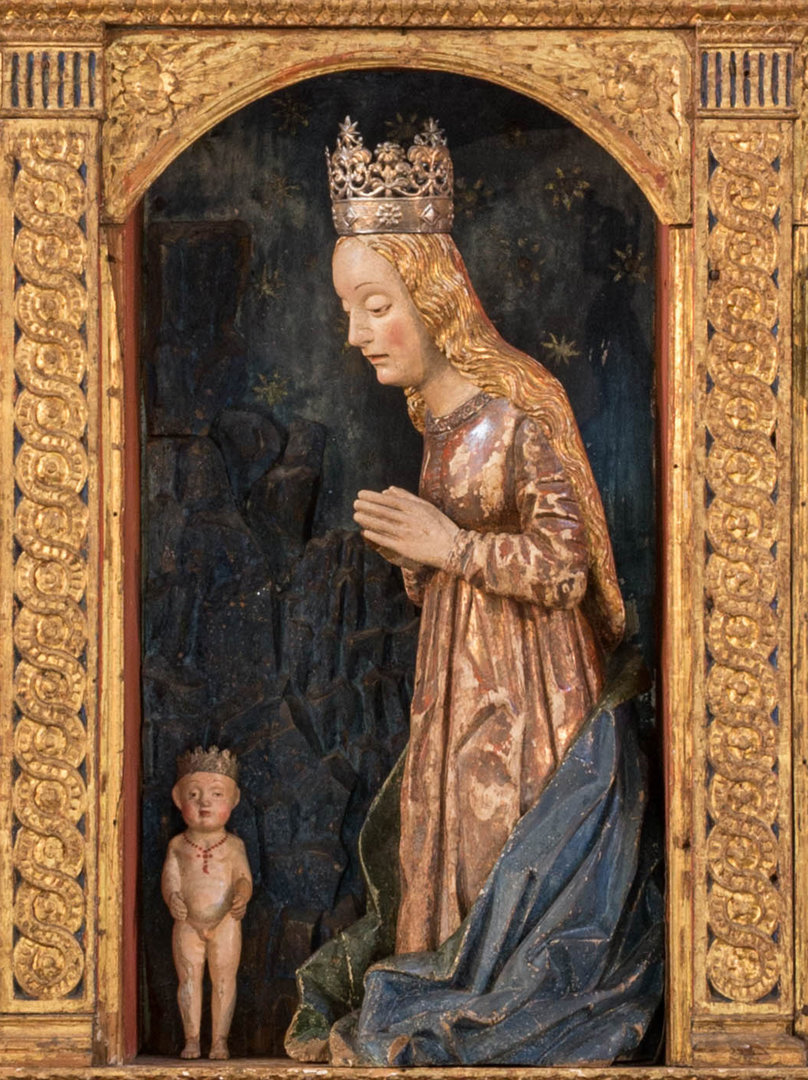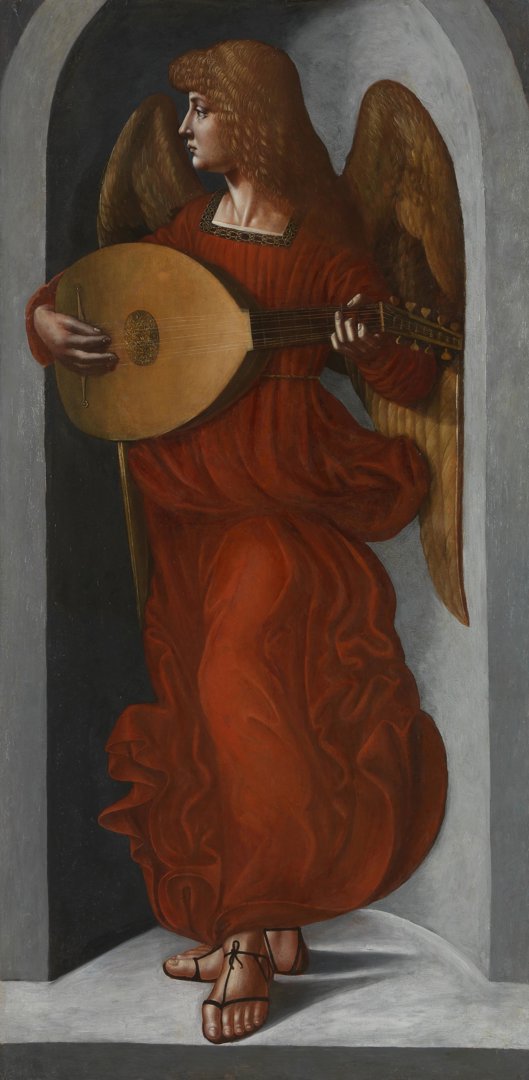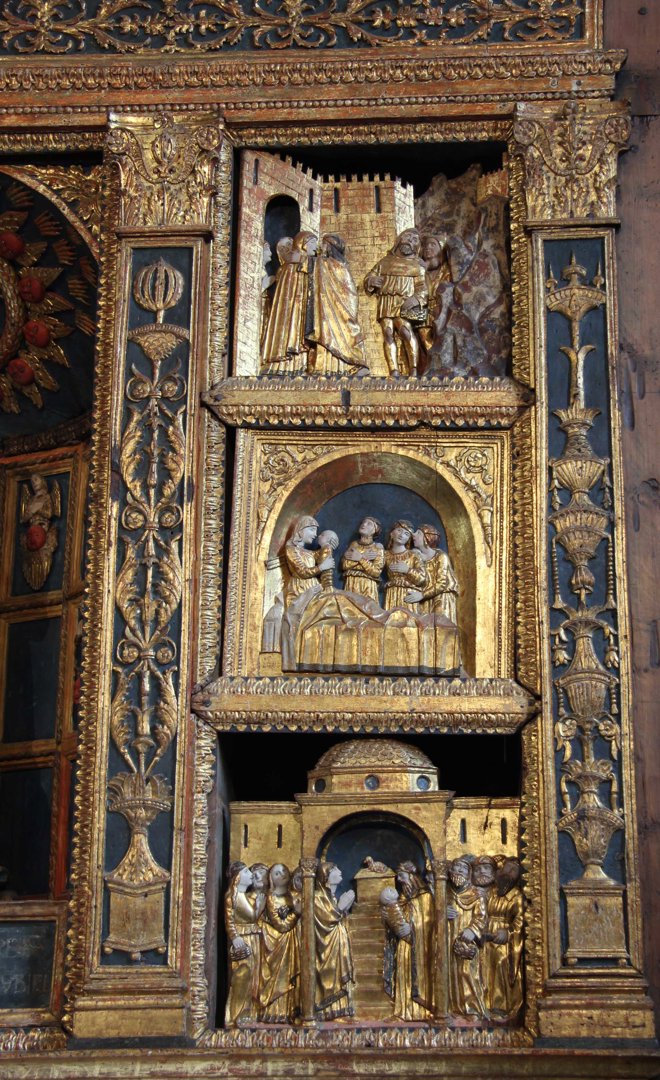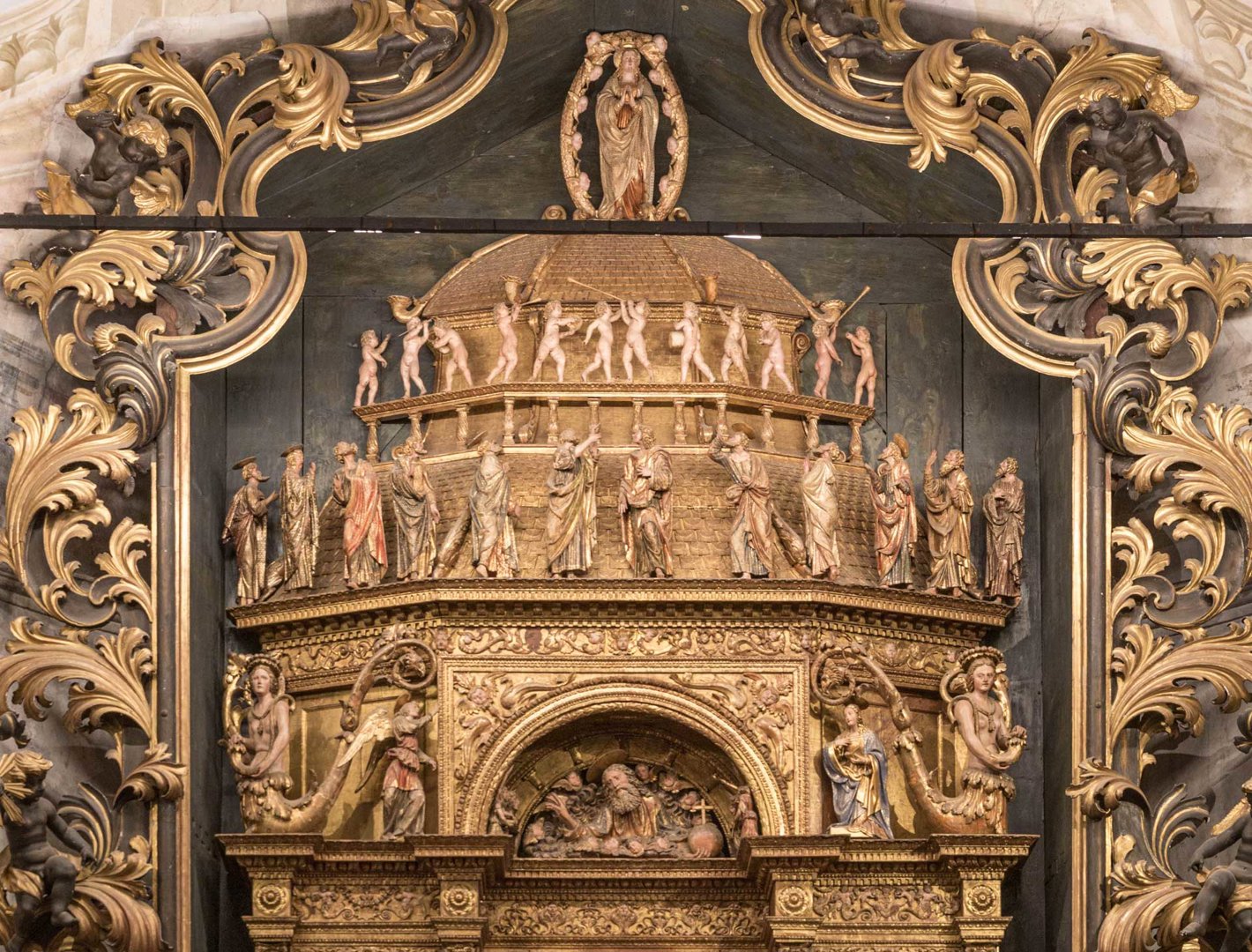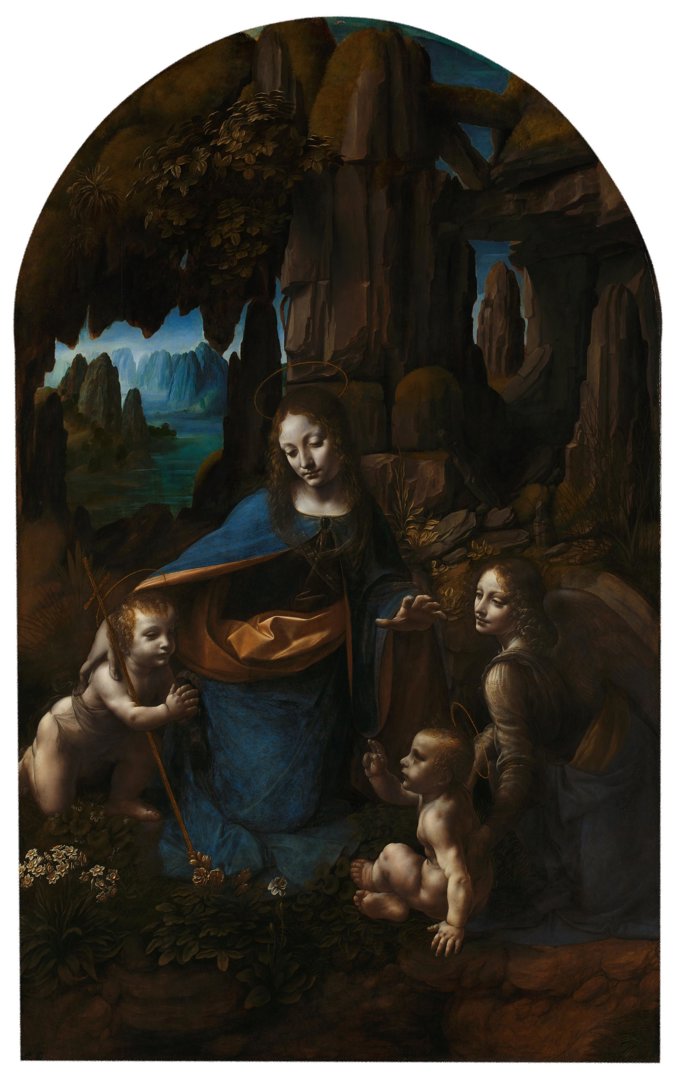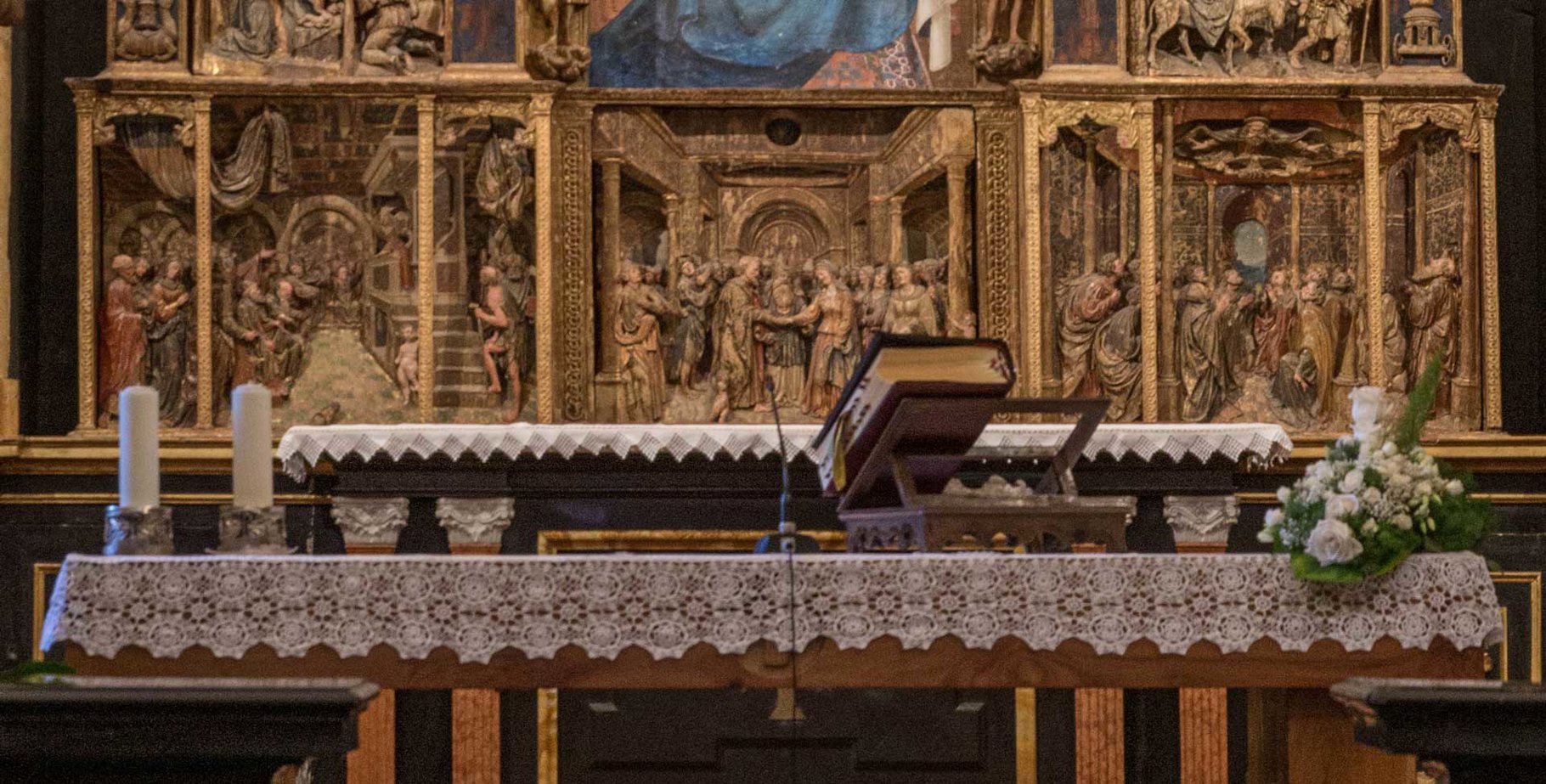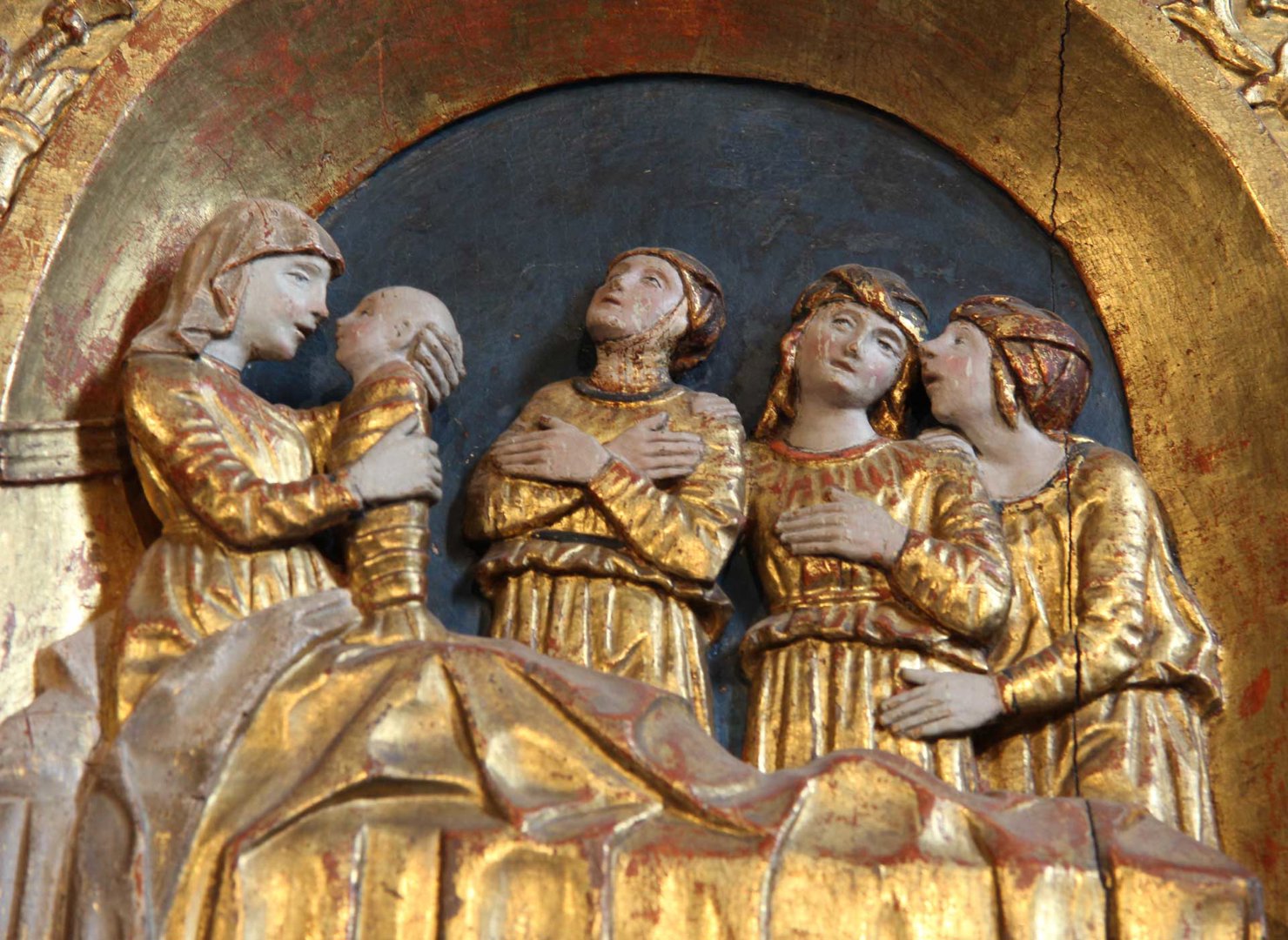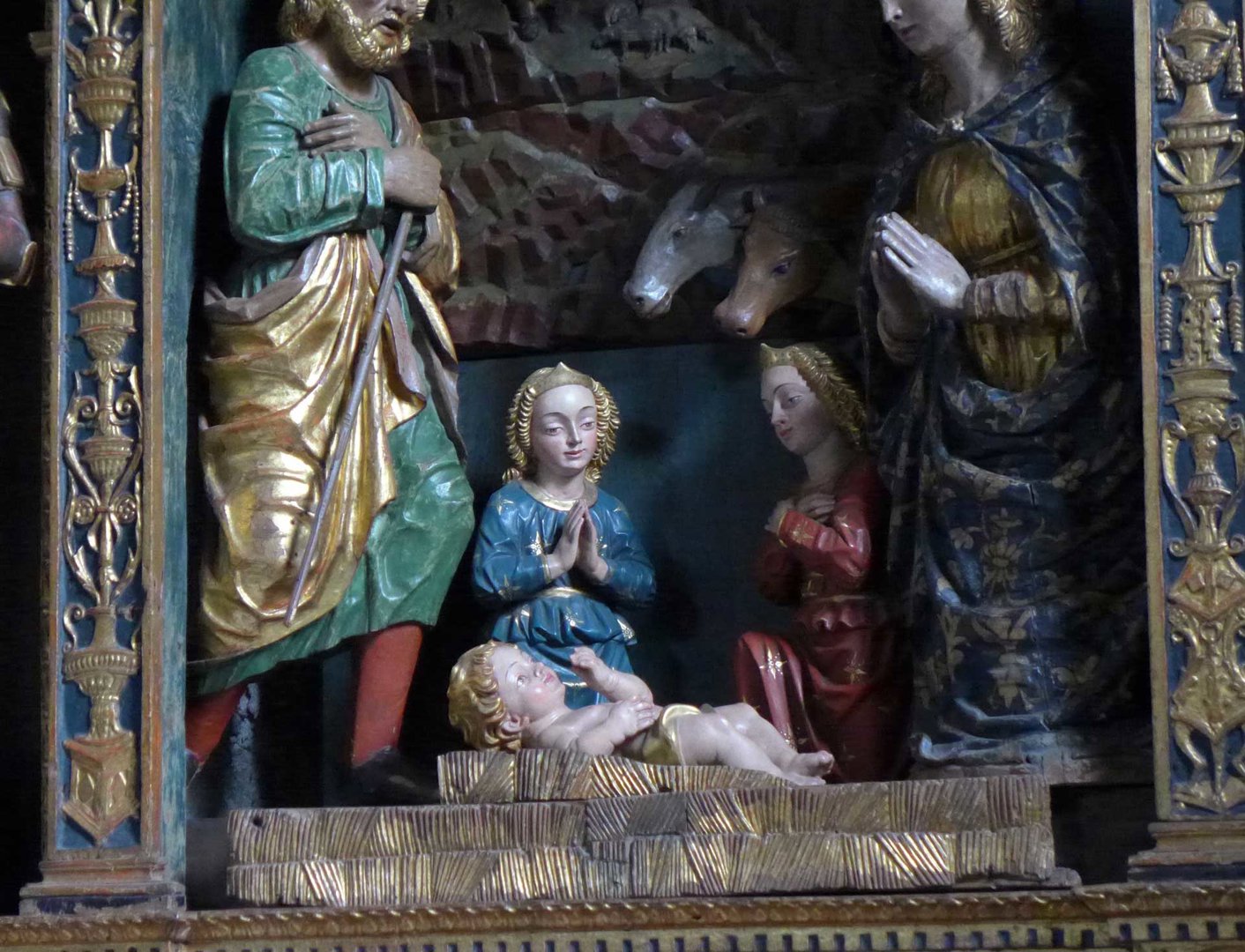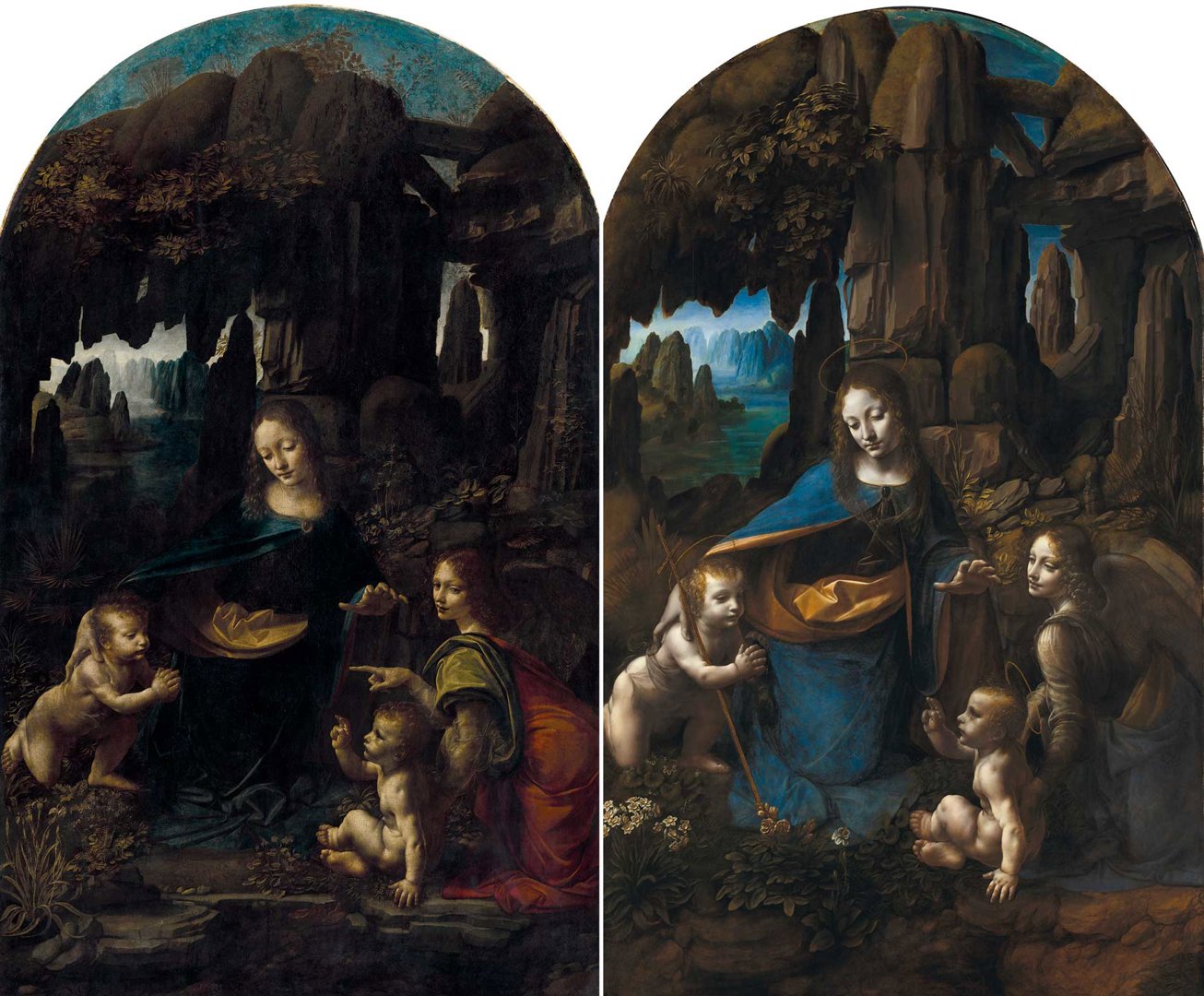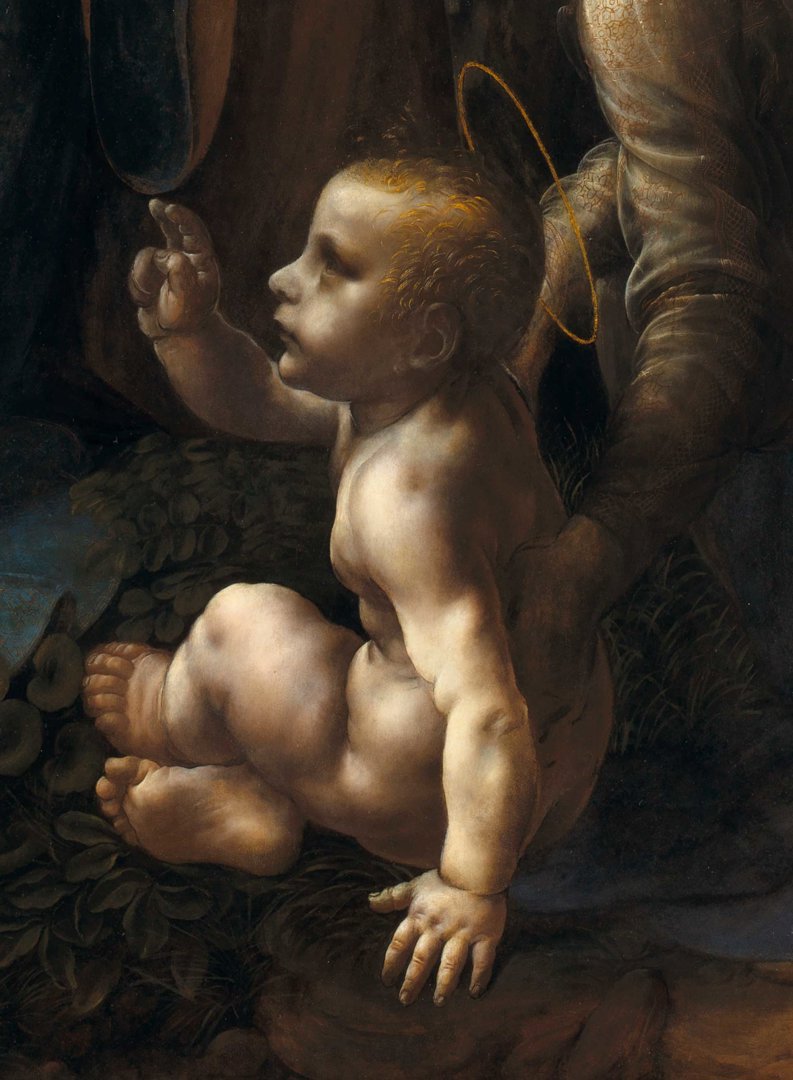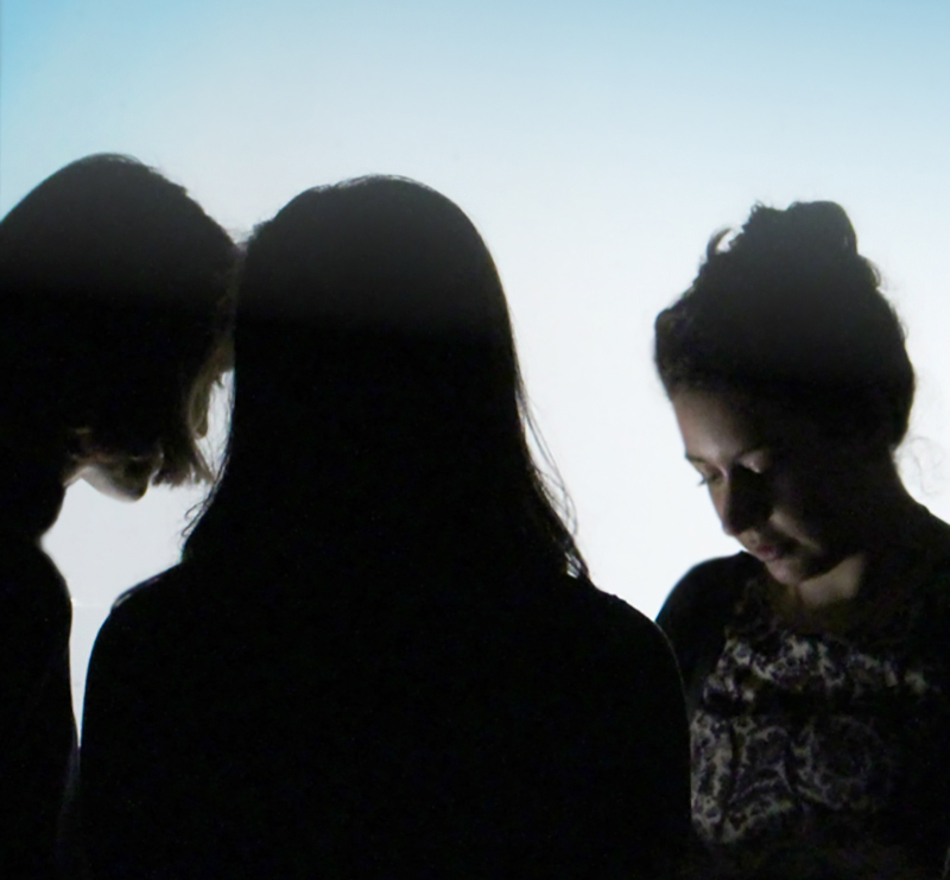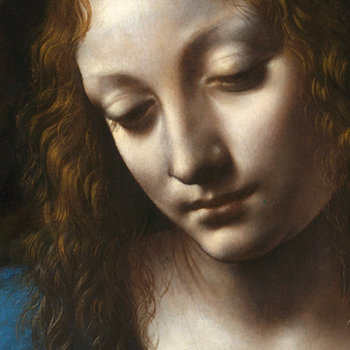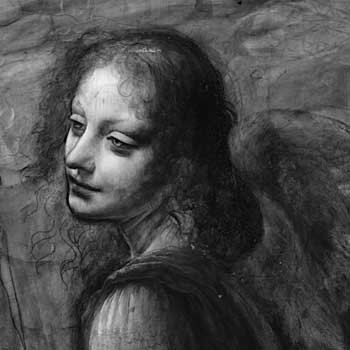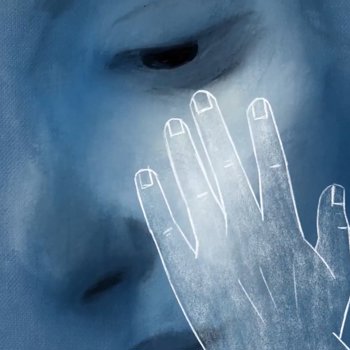We are used to seeing Leonardo da Vinci’s Virgin of the Rocks as a stand-alone painting on display in Trafalgar Square, but it was originally conceived for a very different setting.
The surviving contract from April 1483 makes it clear that Leonardo was to insert his painting into the middle of a pre-existing sculpted altarpiece placed in the Chapel of the Immaculate Conception of the Virgin in the Church of San Francesco Grande in Milan.
When trying to imagine Leonardo’s painting in the environment for which it was designed, we are faced with a triple loss. The wooden altarpiece, carved by Giacomo del Maino between 1480 and 1482, was modified several times before being entirely dismantled in 1780.
While this enabled the Scottish painter and antiquarian Gavin Hamilton to buy 'The Virgin of the Rocks' in 1780 and bring it to England, it meant that, with the exception of the two angels now also in the National Gallery, the other parts of the altarpiece are now lost without trace. Secondly, the Chapel of the Immaculate Conception was demolished in 1576. Finally, the whole church of San Francesco Grande was demolished by Napoleon in 1806 to make way for a barracks.
Despite the loss of the church, the chapel and the sculpted altarpiece, other types of evidence make it possible to imagine Leonardo’s painting in its original context. The idea for the commission can be traced back to Lent 1475, when the Franciscan friar and theologian Stefano da Oleggio preached a sermon in San Francesco Grande, during which he proposed to build a beautiful chapel and found a confraternity, both dedicated to the Immaculate Conception of the Virgin.
A tantalising glimpse of the lost chapel is provided on 8 May 1479 when Francesco Zavattari and Giorgio della Chiesa were commissioned to provide the final decorative touches to its blue dome with gilded ribs and stars, with God the Father in the centre, seraphim in the friezes, symbols of the four Evangelists, and a coffered arch with gilded rosettes. With its crowning star-spangled dome, the chapel would have created a celestial setting for the altarpiece and all the figures within it.
Del Maino’s sculpted altarpiece may have vanished, but the contract from 25 April 1483 survives, along with a crucial list itemising each component. The local painters Ambrogio and Evangelista de’ Predis and the newly arrived Leonardo da Vinci were to paint and gild the whole wooden altarpiece, including a blank panel at the centre where an image of the Virgin was to be painted, with two further flat panels to be painted with angels.
The written evidence of the contract is complemented by the visual evidence of a group of surviving altarpieces carved by Giacomo Del Maino and his sons. It is likely that echoes of the San Francesco Grande commission can be found in the Del Maino workshop’s subsequent altarpieces at Ponte, Sernio, Morbegno and Ardenno in the Valtellina north of Milan. Remarkably, all the sculpted items listed in the 1483 Contract re-appear in these surviving Del Maino altarpieces, so that we can visualise how their various components may have been arranged around the two central features of the wooden statue of the Virgin and Leonardo’s painting.
The 1483 contract included a list of 16 items to be gilded and painted by the three artists:
A painting amongst sculpture
With its dark cavernous setting, spot-lit figures, and deep space, 'The Virgin of the Rocks' would have competed visually with the brightly painted and gilded sculptures around it. Leonardo’s approach could be seen as the opposite of Giacomo Del Maino's. Leonardo's painting is deep and immersive, rather than projecting and tangible as Del Maino's sculptures are; dark and cool in tone rather than shiny and warm; ambiguous and non-narrative rather than explicit and story-led. Placing 'The Virgin of the Rocks' in the midst of this sculptural ensemble seems like Leonardo’s active demonstration of the superiority of painting over sculpture.
At the same time, we can see how Leonardo's thinking may have been sharpened by this close encounter with Lombard sculpture. One of the reasons Leonardo probably sold his first version of the painting (now in the Louvre, Paris) may have been that its qualities were negated when embedded in the sculptural surroundings of the altarpiece.
In contrast, the second, National Gallery version of the painting seems designed deliberately to hold its own in a sculptural setting. By cutting down the sky at the top and the water at the bottom of the London picture, the figures appear bigger and closer, their presence intensified.
Leonardo’s modelling of flesh and faces creates the effect of sculptural figures set in deep space. This is especially clear in the Christ Child’s muscular body imitating an ancient Roman statue.
Leonardo's palette is restricted. He discards the red and green of the Angel's drapery from the Louvre version. Apart from the greyish flesh tones, the whole picture is designed around two colours: the browns of the rock moving towards golden ochre in the lining of the Virgin’s and Angel’s cloaks, and the blue of the Virgin’s and Angel’s cloaks leading towards the water and the distant mountains.
This chimes closely with the altarpiece, in which blue and gold dominate, and with the chapel’s gold, blue and white colour scheme. Comparing the Paris and London Virgins of the Rocks shows us how Leonardo responded to Lombard sculpture.
Questions unanswered
Knowing that Del Maino’s statue of the Immaculate Virgin adoring the Christ Child in a rocky landscape was probably placed on the upper tier of the altarpiece immediately above Leonardo’s 'Virgin of the Rocks' raises intriguing questions. Was Leonardo inspired to create his own rocky environment to compete with (and surpass) Del Maino’s sculpted landscape?
Since the domes of the chapel and the altarpiece along with God the Father, angels and seraphs had already created a heavenly context, might this have led Leonardo to put his Virgin on the earth, among the rocks? And given that a cult statue of the Immaculate Virgin already existed in the altarpiece, did this free Leonardo to depart from existing images of the Immaculate Virgin?
We may never know the answers, but we can be fairly sure that in the painting we now know as 'The Virgin of the Rocks', we see Leonardo responding to and reacting against the sculpted altarpiece for which he designed his painting.
Written by Professor Amanda Lillie, co-curator of Leonardo: Experience a Masterpiece.


